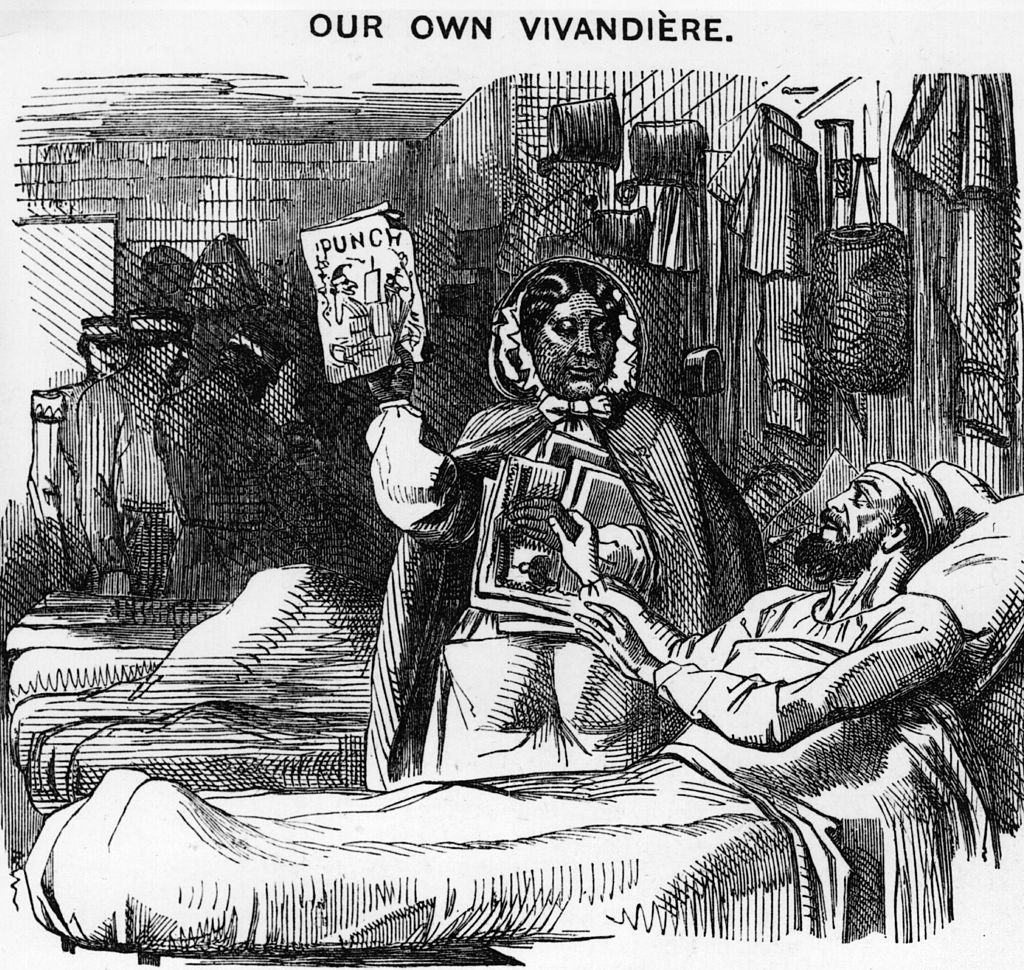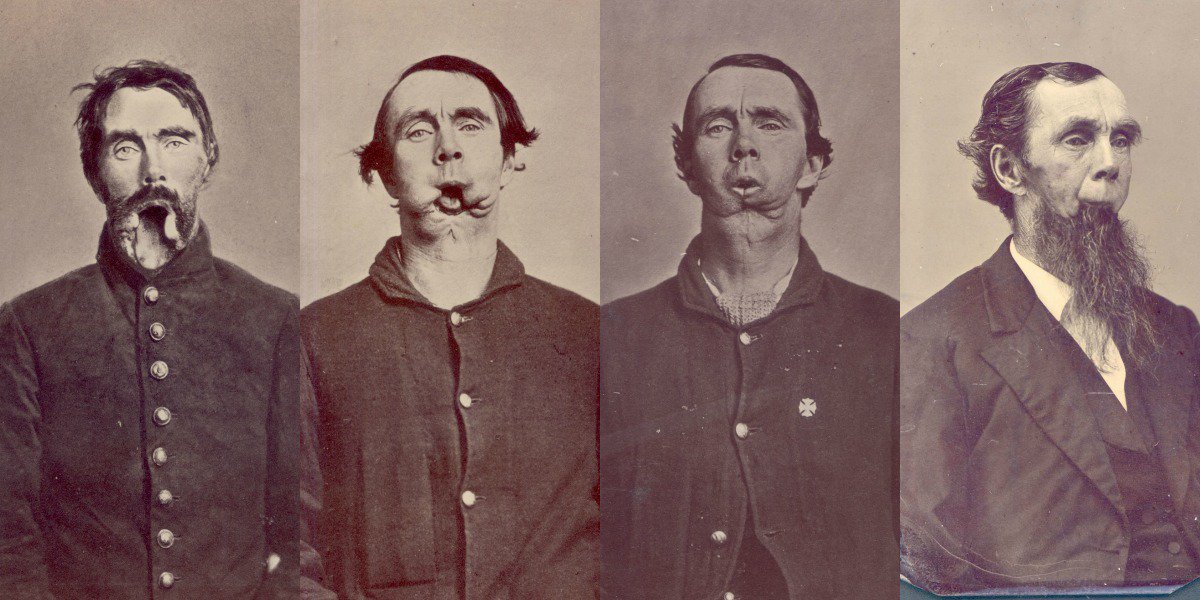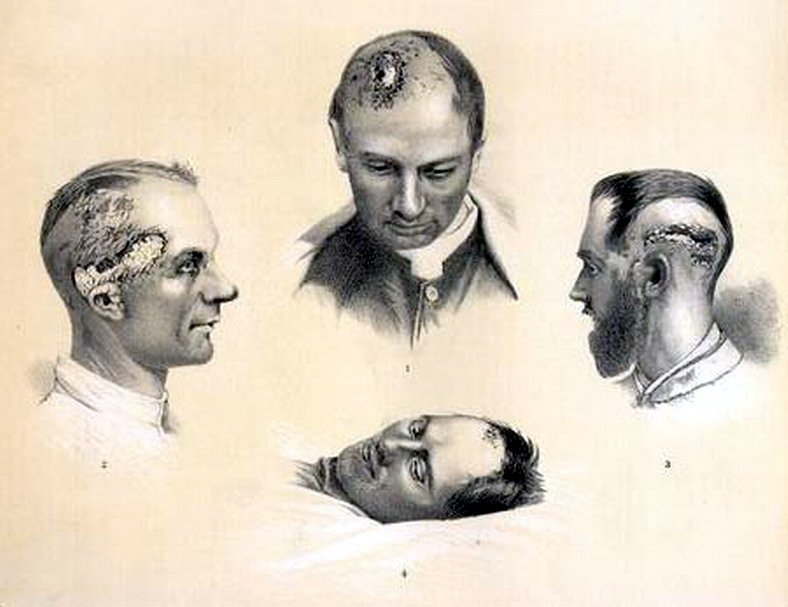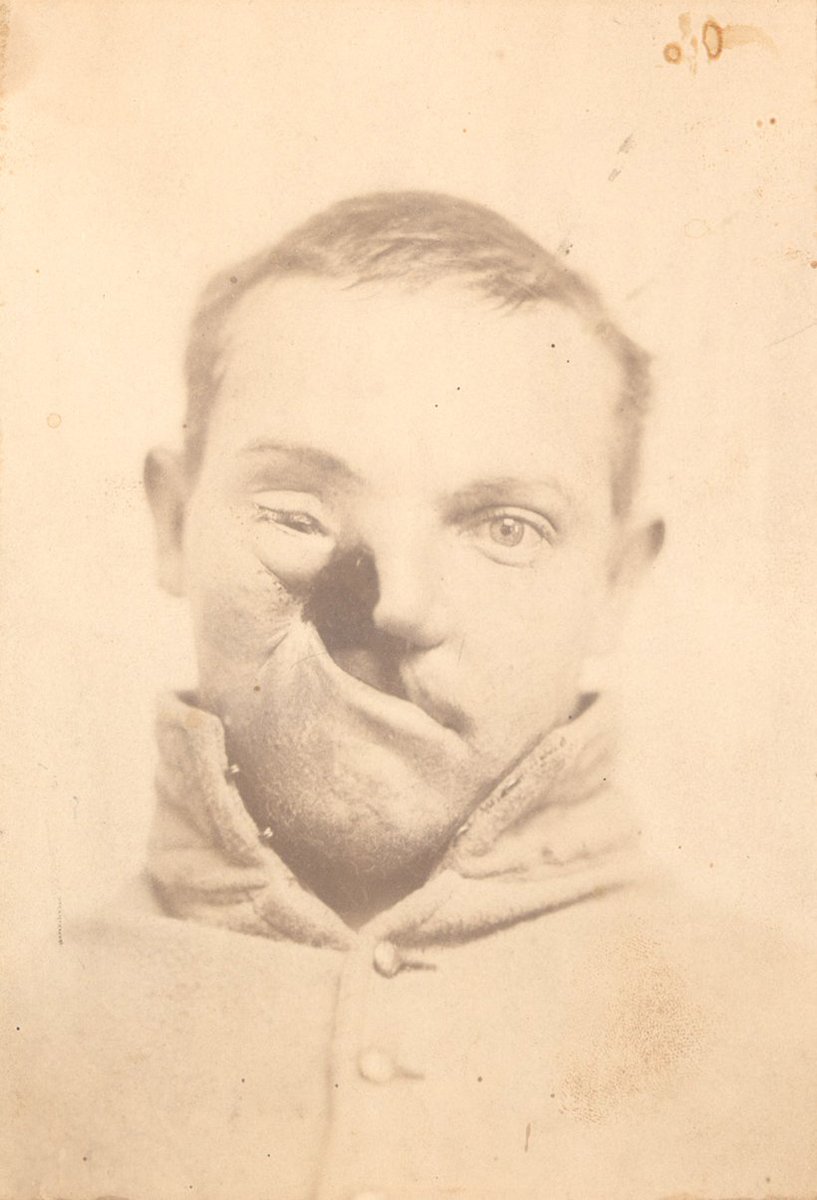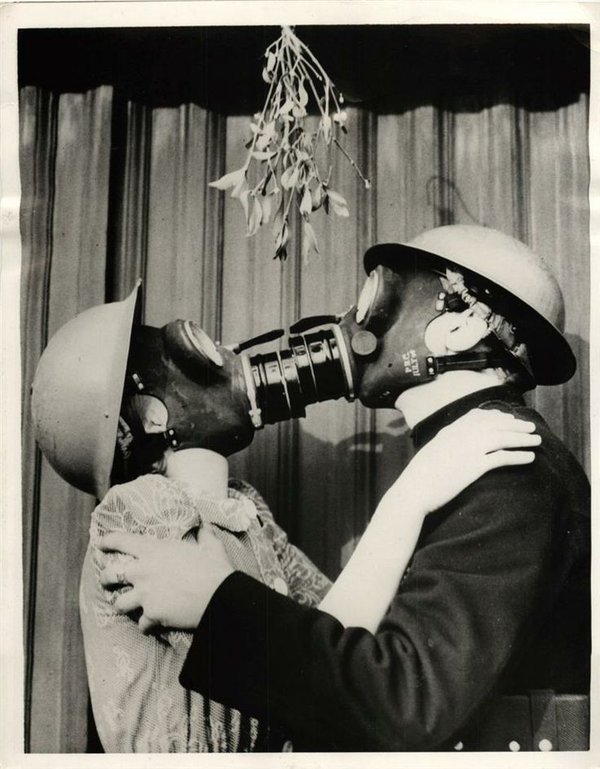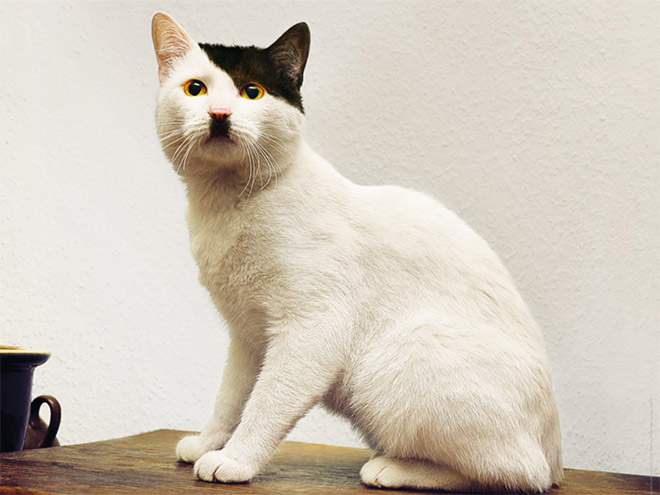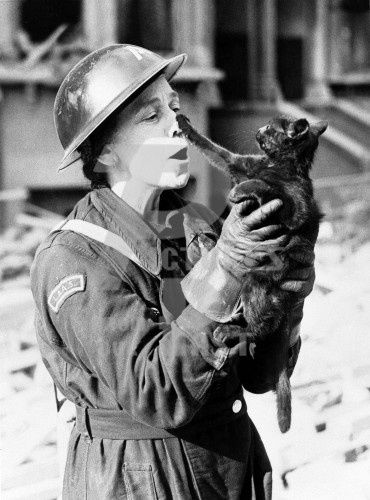
#OTD 1901, Queen Victoria's funeral took place. Here's a little medical history THREAD (1/9) about one of Britain's longest reigning monarchs. 👇
"Queen Victorian on her death bed" by Emil Fuchs.
"Queen Victorian on her death bed" by Emil Fuchs.

(2/9) On 7 April 1853, Queen Victoria became the first monarch to use chloroform to ease the pains of childbirth. Prince Leopold was born within 53 minutes of administration of the drug, which Victoria described as "delightful beyond measure.” 

(3/9) The anaesthetic powers of chloroform was first discovered in 1847 by the Scottish physician James Young Simpson. He and his two friends experimented with it on the evening of November 4th. At first, they felt very cheerful and talkative. After a short time, they passed out. 

(4/9) Impressed with the drug’s potency, Simpson began using chloroform as an anaesthetic. In December 1847, he delivered the first baby using it. Simpson nicknamed the girl “Saint Anaesthesia.” Her real name was Wilhelmina Carstairs, pictured here. 

(5/9) During this time, Queen Victorian was pregnant with her sixth child. She heard of Simpson’s discovery and was keen to benefit from it, but royal doctors cautioned against it, claiming that painful contractions during labour were ordained by God. 

(6/9) When the Queen became pregnant again in 1850 her doctors – Sir James Clark and Charles Locock – consulted the leading London anaesthetist, John Snow, later famous for his work on cholera. But prudence again won out and the Queen was denied chloroform. 

(7/9) By 1852—when Victoria became pregnant with Prince Leopold—attitudes towards the drug were beginning to change. Most importantly, the Queen’s husband, Prince Albert, had become an advocate of its usage. On 7 April 1853, John Snow administered the drug to Victoria. 

(8/9) Not everyone was pleased with the outcome, however. Some protested on religious grounds; others for medical reasons. The Lancet questioned the veracity behind claims that the Queen had even used the drug in her last delivery. 

(9/9) Doubts aside, Queen Victoria’s use of chloroform led to a public outcry for painless childbirth. The editor of the Association Medical Journal called it "an event of unquestionable medical importance.” Women everywhere were requesting chloroform to ease their labour pains. 

Sigh. I got to the end of the thread and just realized there is a spelling error in the first tweet! When will Twitter allow us to edit tweets? 😂😭
• • •
Missing some Tweet in this thread? You can try to
force a refresh





